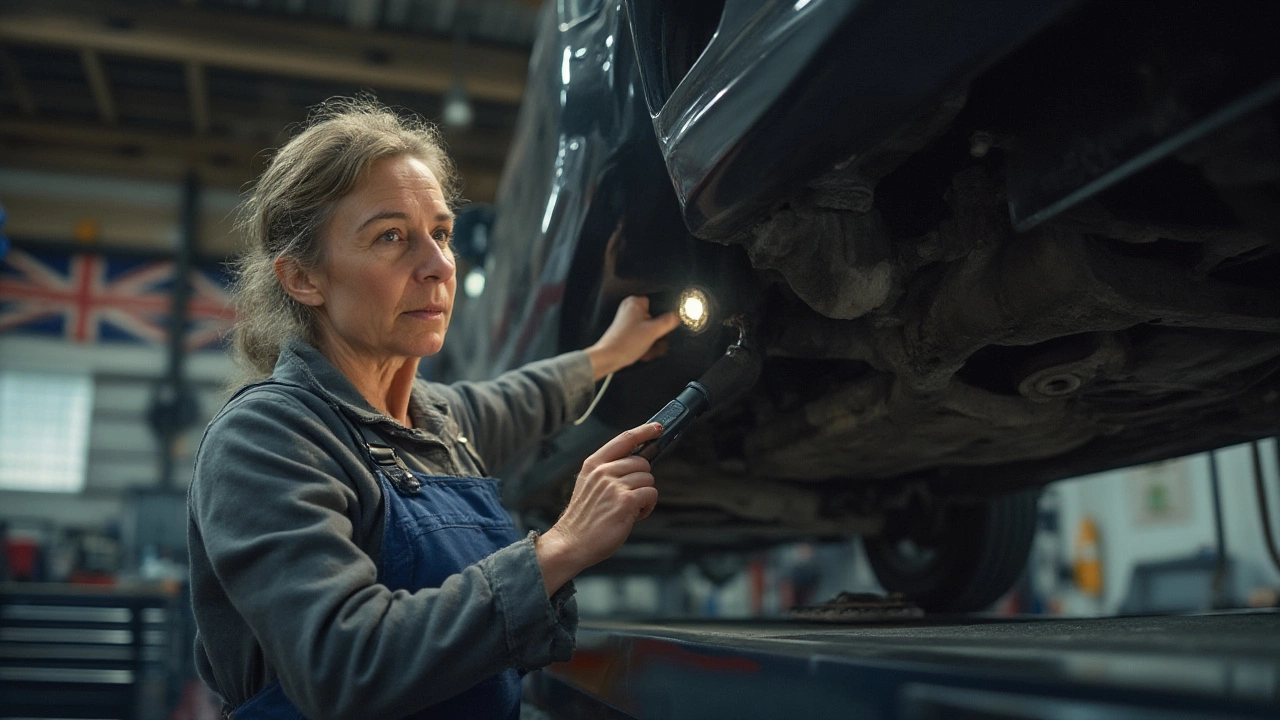Bad Shocks – What They Are and Why You Should Care
When dealing with bad shocks, shocks that have lost their ability to dampen road vibrations, leading to a harsh ride and compromised handling. Also known as worn shock absorbers, they are a common sign of wear in the suspension system, the collection of parts that connect a vehicle’s wheels to its frame and control movement. A tired suspension directly hurts ride comfort, the feeling of smoothness you get when driving over bumps and potholes and can reduce steering stability, how steady the wheels stay on their intended path during turns and braking. In the UK’s wet climate, these issues become even more noticeable because the road surface rarely stays flat for long. Recognising the symptoms early saves you from costly repairs and keeps your car safe on winding roads.
How Bad Shocks Influence Your Drive
Bad shocks manifest in a few clear ways. First, you’ll hear a clunk or thud every time you hit a bump – that’s the metal of the shock’s internal piston hitting the cylinder. Second, the car may nose‑dip under braking, making the front feel heavy and the rear bounce. Third, uneven tire wear shows up after a few thousand miles because the wheels aren’t staying square to the road. All three signals tie back to the core idea that bad shocks break the link between the wheel and the chassis, so the vehicle can’t absorb energy correctly. The result is a harsher ride, longer stopping distances, and a higher chance of losing control on wet or slippery patches. If you’ve ever felt the car “float” over a pothole, that floating is the shock failing to control the rebound.
Fixing bad shocks usually means a replacement, but the process varies by vehicle. Most modern cars use a combined shock‑and‑strut assembly; older models may separate the two. When you replace them, you also get a chance to inspect other suspension parts – mounts, bushings, and anti‑roll bars – because wear often spreads across the whole system. A proper installation restores the damping rate to the manufacturer’s specifications, which brings back that smooth, predictable feel. After the work is done, you’ll notice steadier steering, a more even tire tread, and a quieter cabin. In short, healthy shocks are a small investment that pays off in safety, comfort, and lower tire replacement costs.

Car Suspension Problems: Signs Your Vehicle Needs New Suspension Parts
Jul 15 2025 / Suspension PartsNoticed weird noises, rough rides, or uneven tire wear? Find out how to tell if your car really needs new suspension. Don’t miss these expert signs.
VIEW MORE